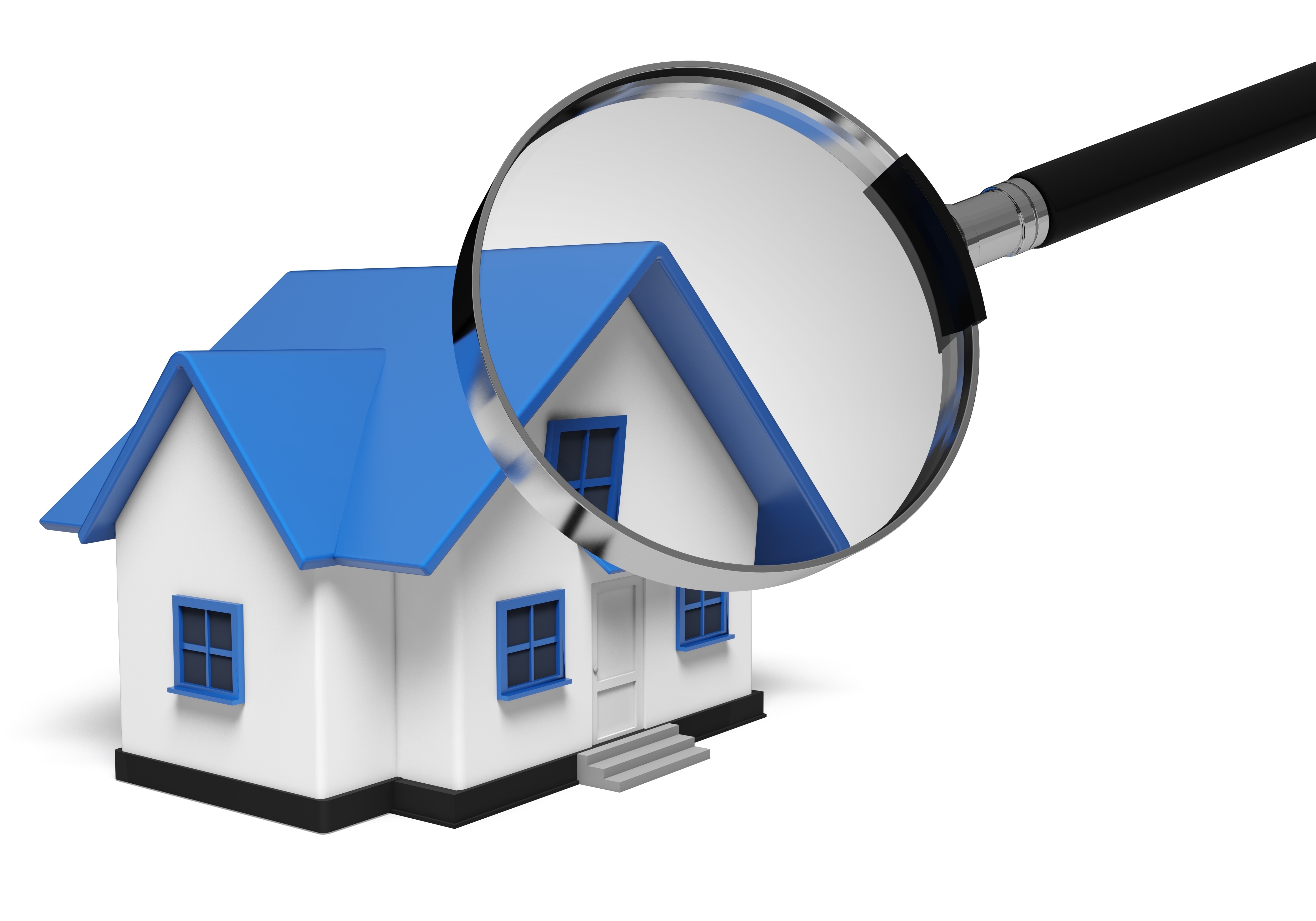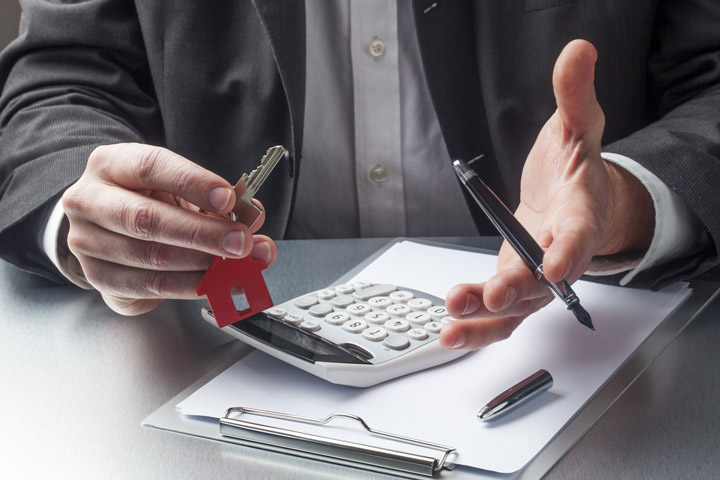
What Are the Components of an Appraisal?Their home's purchase can be the largest transaction some may ever consider. It doesn't matter if a primary residence, a second vacation property or an investment, purchasing real property is an involved financial transaction that requires multiple people working in concert to make it all happen. Practically all the participants are quite familiar. The real estate agent is the most familiar face in the transaction. Next, the mortgage company provides the money needed to bankroll the exchange. The title company ensures that all aspects of the exchange are completed and that a clear title passes to the buyer from the seller. So, what party is responsible for making sure the value of the real estate is consistent with the purchase price? This is where you meet the appraiser. We provide an unbiased estimate of what a buyer could expect to pay — or a seller receive — for a property, where both buyer and seller are informed parties. A licensed, certified, professional appraiser from Parisi Appraisal Group will ensure, you as an interested party, are informed. Appraisals start with the home inspectionTo ascertain the true status of the property, it's our responsibility to first perform a thorough inspection. We must see features hands on, such as the number of bedrooms and bathrooms, the location, living areas, etc, to ensure they truly are there and are in the shape a typical buyer would expect them to be. To make sure the stated size of the property is accurate and illustrate the layout of the house, the inspection often includes creating a sketch of the floorplan. Most importantly, we identify any obvious amenities - or defects - that would affect the value of the property. Following the inspection, an appraiser uses two or three approaches to determining the value of real property: sales comparison and, in the case of a rental property, an income approach. 
Replacement CostHere, the appraiser analyzes information on local building costs, the cost of labor and other factors to figure out how much it would cost to replace the property being appraised. This value commonly sets the upper limit on what a property would sell for. It's also the least used method. 
Paired Sales AnalysisAppraisers get to know the subdivisions in which they appraise. They innately understand the value of particular features to the homeowners of that area. Then, the appraiser researches recent transactions in close proximity to the subject and finds properties which are 'comparable' to the property at hand. By assigning a dollar value to certain items such as upgraded appliances, extra bathrooms, additional living area, quality of construction, lot size, we add or subtract from each comparable's sales price so that they are more accurately in line with the features of subject.
An opinion of what the subject might sell for can only be determined once all differences between the comps and the subject have been evaluated. When it comes to valuing features of homes in North Texas, The Parisi Appraisal Group is second to none. The sales comparison approach to value is usually awarded the most consideration when an appraisal is for a home sale. Valuation Using the Income ApproachIn the case of income producing properties - rental houses for example - the appraiser may use an additional approach to value. In this case, the amount of income the real estate yields is factored in with other rents in the area for comparable properties to determine the current value. Putting It All TogetherExamining the data from all applicable approaches, the appraiser is then ready to stipulate an estimated market value for the property at hand. The estimate of value at the bottom of the appraisal report is not always what's being paid for the property even though it is likely the best indication of what a property is worth. Depending on the specific situations of the buyer or seller, their level of urgency or a buyer's desire for that exact property, the closing price of a home can always be driven up or down. Regardless, the appraised value is often used as a guideline for lenders who don't want to loan a buyer more money than the property is actually worth. At the end of the day, an appraiser from the Parisi Appraisal Group will help you get the most fair and balanced property value, so you can make profitable real estate decisions. |